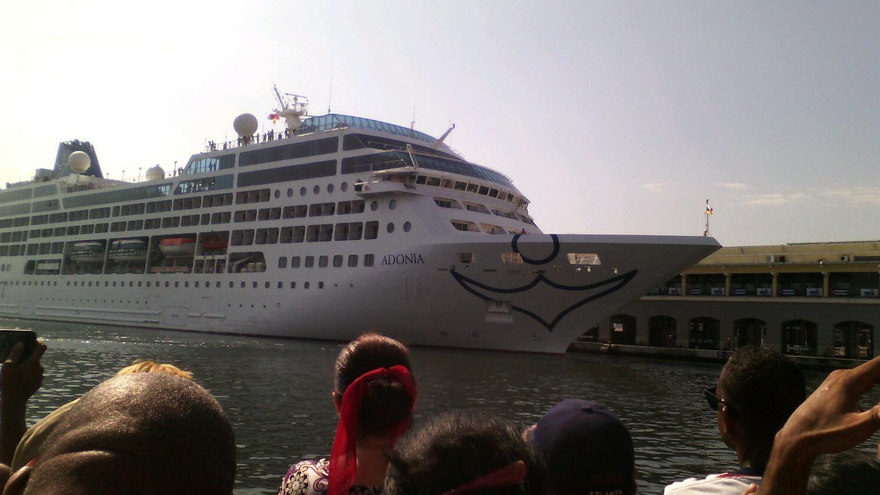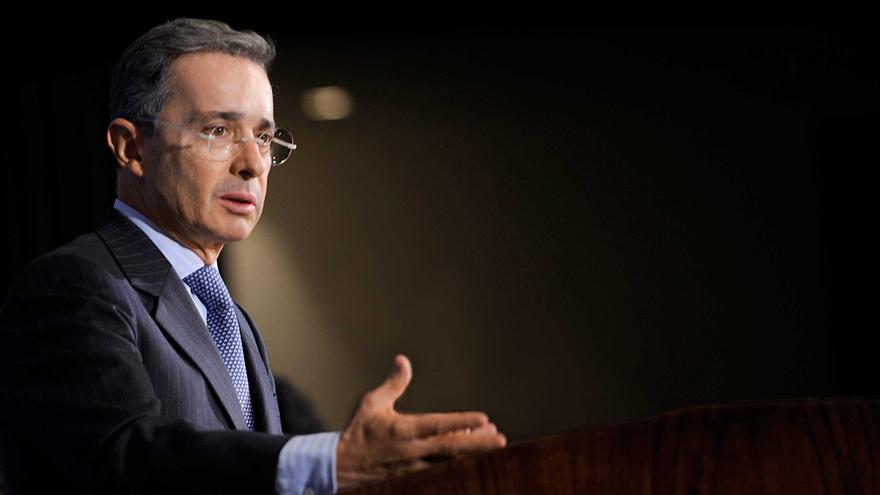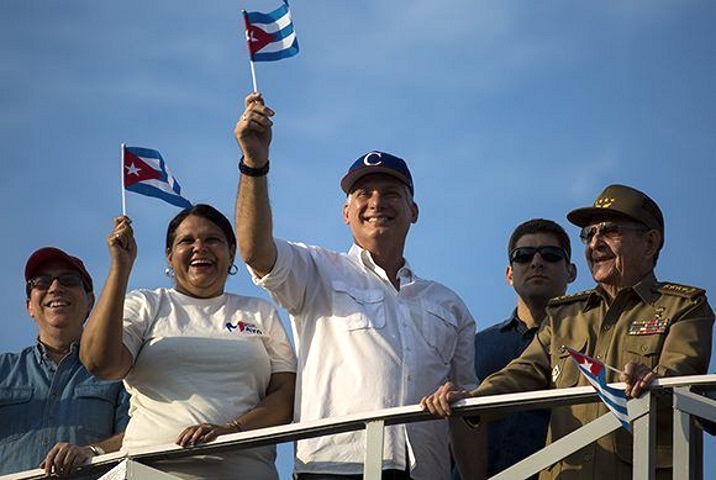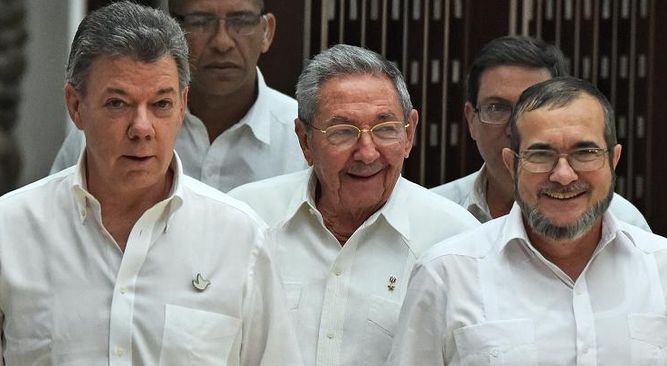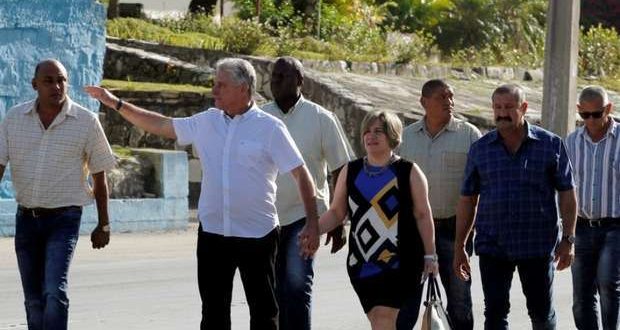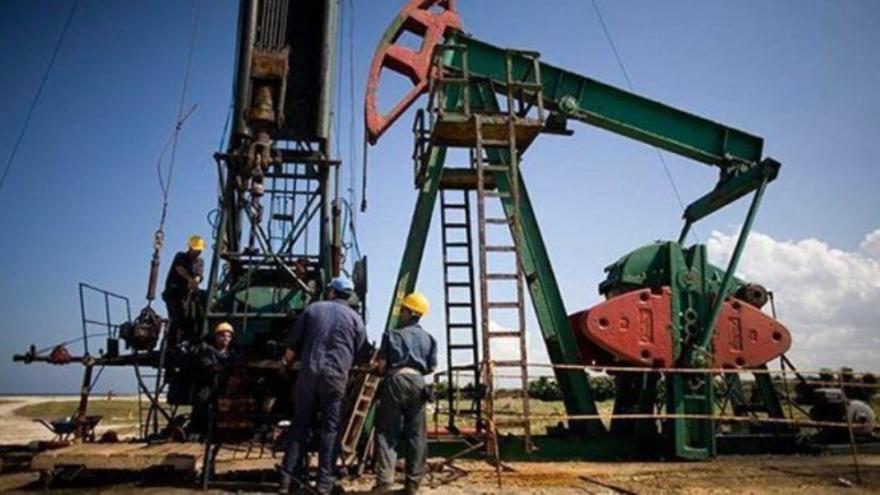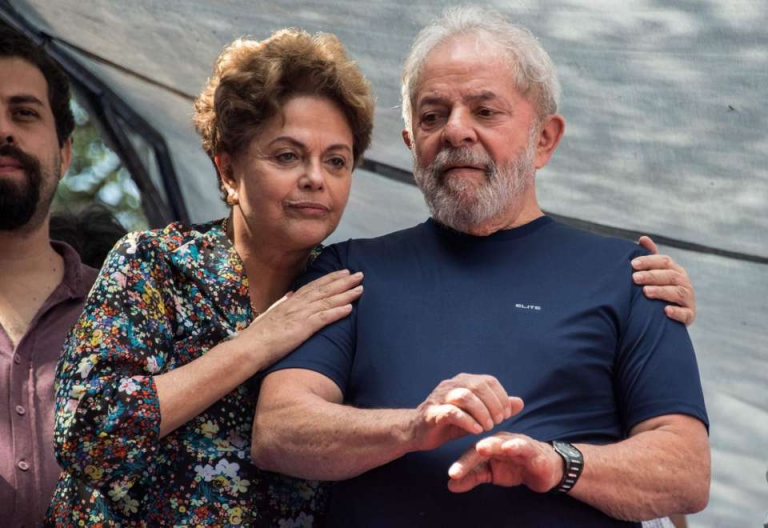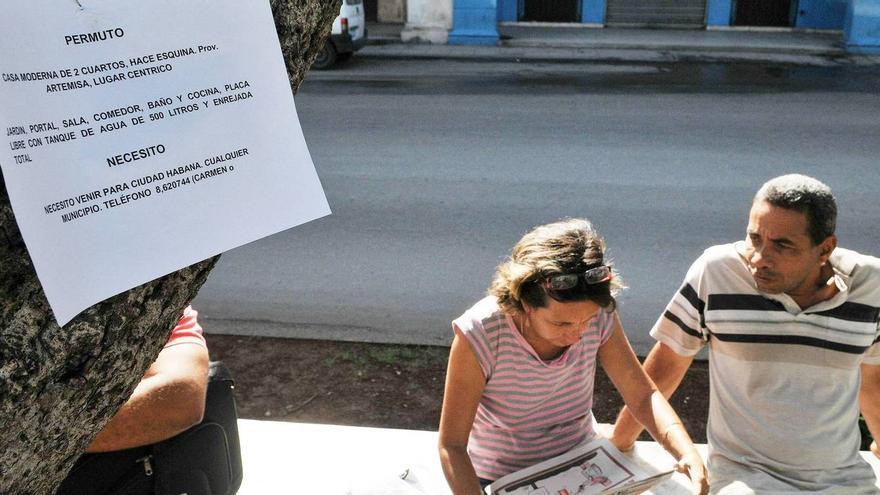
![]() 14ymeido, Zunilda Mata, Havana, 10 June 2018 — On the web site Revolico, with more than 40,000 classified ads for houses for sale, thousands of ads are maintained for months without finding a buyer. The lack of money, the slowdown of the diplomatic thaw between Cuba and the United States together with the freeze on the delivery of licenses to the private sector have shrunken the Island’s real estate market.
14ymeido, Zunilda Mata, Havana, 10 June 2018 — On the web site Revolico, with more than 40,000 classified ads for houses for sale, thousands of ads are maintained for months without finding a buyer. The lack of money, the slowdown of the diplomatic thaw between Cuba and the United States together with the freeze on the delivery of licenses to the private sector have shrunken the Island’s real estate market.
At the end of 2011, when Raul Castro’s government authorized the sale of houses after decades of prohibition, a frenzy overtook many Cubans ready to acquire or get rid of a house. The measure was a starting point in a country with 3,700,000 dwellings, some 85% of them the property of individuals. continue reading
Fewer than two years after the ban was lifted, the emerging real estate market reached some 80,000 transactions, according to information offered then by Aniuska Puente Fontanella, specialist from the Directorate of the Commercial Property Registry and of Assets of the Ministry of Justice.
Now the scene is different. Although there are no new official figures about the behavior of the sector, sellers complain of less demand and buyers complain of high prices. Real estate agents point to a deceleration of the sector.
On Paseo del Prado in Havana, an outdoor site for classified ads, for every ten sellers there are two buyers. “There’s a lot on offer and little demand,” Luis Oscar Gomez, a permutero (broker) who ended up in real estate management. “Five years ago it was different because there were many more people buying,” he recalls.
“Many people who were buying did it because they believed that the country was going to fill up with Americans, but that hasn’t happened.”
“Others bought in order to do business, like starting a restaurant or a guesthouse for foreigners but right now they are not giving out licenses for that, which discourages investment in houses,” adds Gomez. The end of the US wet foot/dry foot policy also is, in his judgment, a factor that negatively influences the market.
“May people sold houses at lower prices in order to pay for leaving the country, but now that has diminished with the closing of the path to the United States and the road to emigrate is longer because the fees have increased,” he adds. “A house that three years ago went for 50,000 dollars, now that same family wants 75,000.”
Nevertheless, Gomez recognizes that “many sellers also have had to repeatedly lower their prices because there is no money for buying.” In his judgment, the lack of liquidity, due to the fall in tourism and “the country’s situation which does not improve and the possibility of saving money for a house is very difficult in this situation.”
A few meters from the Paseo del Prado, a wide colonial mansion with columns and arches has a “For Sale” sign hanging on the balcony. “We have spent a year waiting, but this is the kind of house that is bought for business because it is located in Old Havana and has very big rooms, perfect for a restaurant or tourist rental,” explains Rosa, the owner.
“I had a buyer who was enchanted but last August when they stopped giving licenses for self-employed work the man changed his mind,” she recalls. “Spending 80,000 CUC on a house like this and not being able to make money is crazy.”
The boom in private real estate firms arising from the liberalization of the section has also experienced a slump.
Many of those private offices, which operate under a manager’s license for the sale and exchange of homes, have been closed. Some because they were left behind by the intense competition, others prosecuted in the courts when it was proven that they charged the client a commission for the transaction, something prohibited by the law.
In practice, these managers pocket between 10% and 25% of the total figure that the buyer pays, but legally they can only charge for connecting and informing people interested in carrying out these kinds of deals.
“The whole real estate market is fed also buy the construction sector,” points out Loraine Garcia, an employee of one of the real estate firms closed by the police. “The new houses that go on sale greatly influence the dynamism of that market in any part of the world but in Cuba that is an element that suffers a lot of stagnation.”
Cuba registered a deficit of more than 880,000 houses at the end of 2016, and last year only 21,827 new houses were finished, according to data from the National Statistics Office.
“The market is tainted because hardly any new houses come on, and the offerings that have not met with success are mostly houses that are too much above the buyers’ means,” adds Garcia.
“Houses that are under 30,000 CUC did not move much at first,” but with the passage of time “those houses changed hands and those that were higher than that were left for sale and have less demand,” she points out.
Garcia thinks that the changes in the tax rates for these operations also have burdened the market.
Initially the authorities set a 4% tax on the exchange of goods and estates to those buying and on personal income of those who sold. In practice, however, a good number of transactions were made with amounts much higher than the figure declared in order to avoid the taxes.
In 2017 the Ministry of Finance and Prices tried to correct the problem and modified the payment of taxes on the sale and donation of dwelling between individuals. Now the value of the encumbrance is established by its characteristics, location and size and not the amount reflected as the value of the property.
“Many camouflaged a sale as if it were a gift in order to pay lower taxes, but right now that is almost impossible because the law establishes the family ties that are needed to do something like that,” explains the former real estate agent.
In spite of those setbacks, Garcia believes that the housing market “is going to raise its head.” Her hopes are based on the fact that “these types of swings are normal, and a real estate boom cannot be maintained permanently,” but “if the country opens investment and permits small or medium businesses, sales will take off again.”
Translated by Mary Lou Keel
______________________
The 14ymedio team is committed to serious journalism that reflects the reality of deep Cuba. Thank you for joining us on this long road. We invite you to continue supporting us, but this time by becoming a member of 14ymedio. Together we can continue to transform journalism in Cuba.

